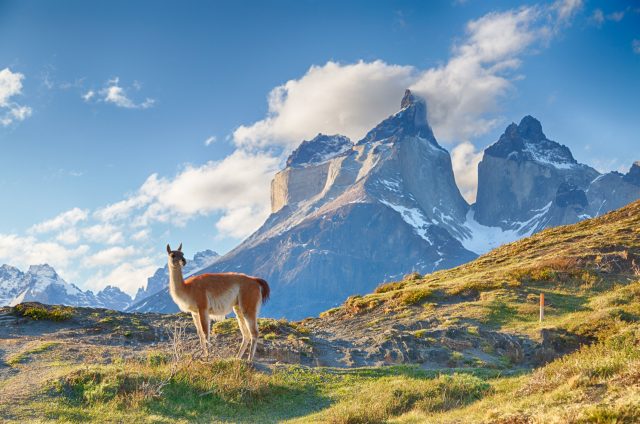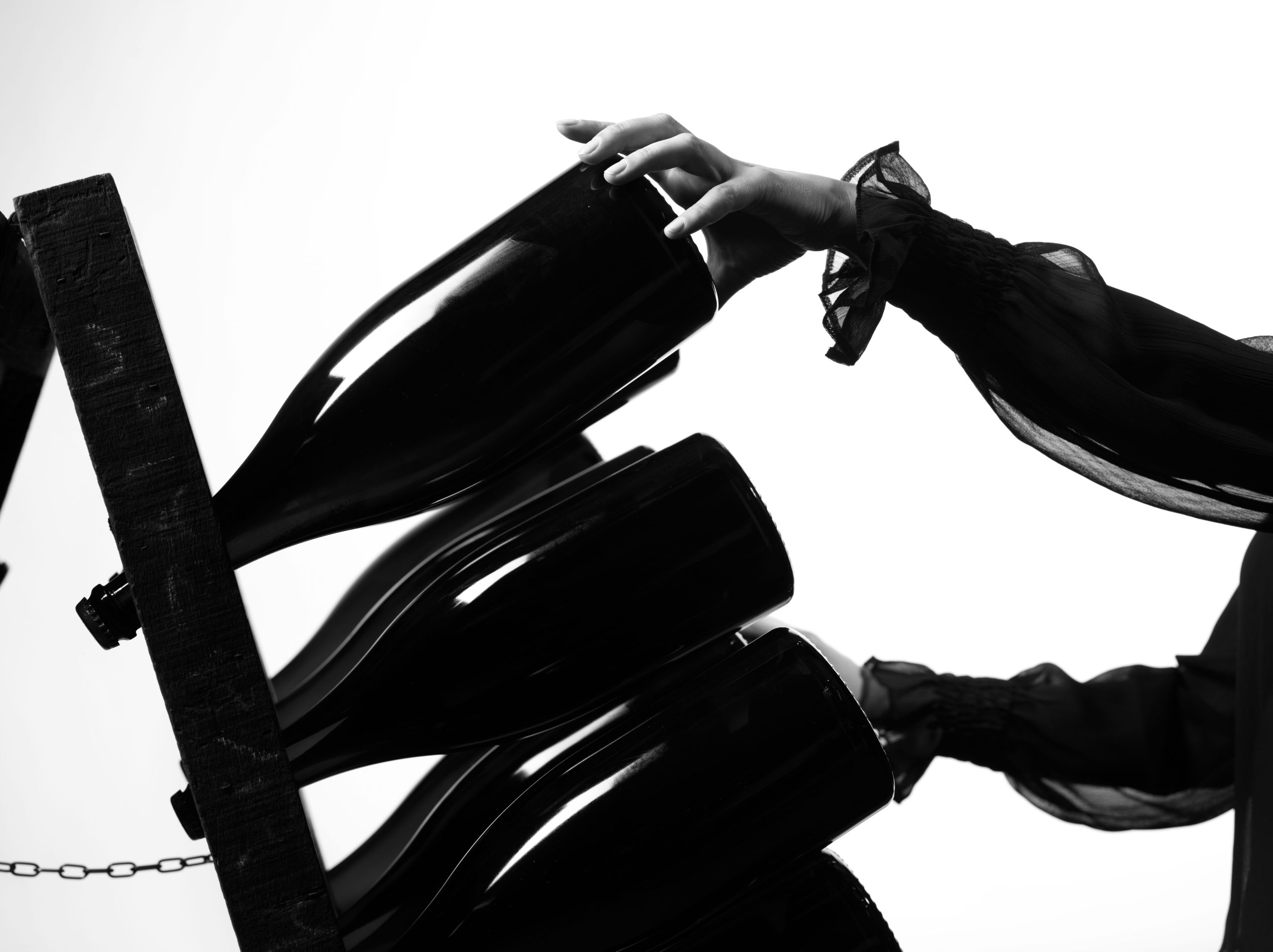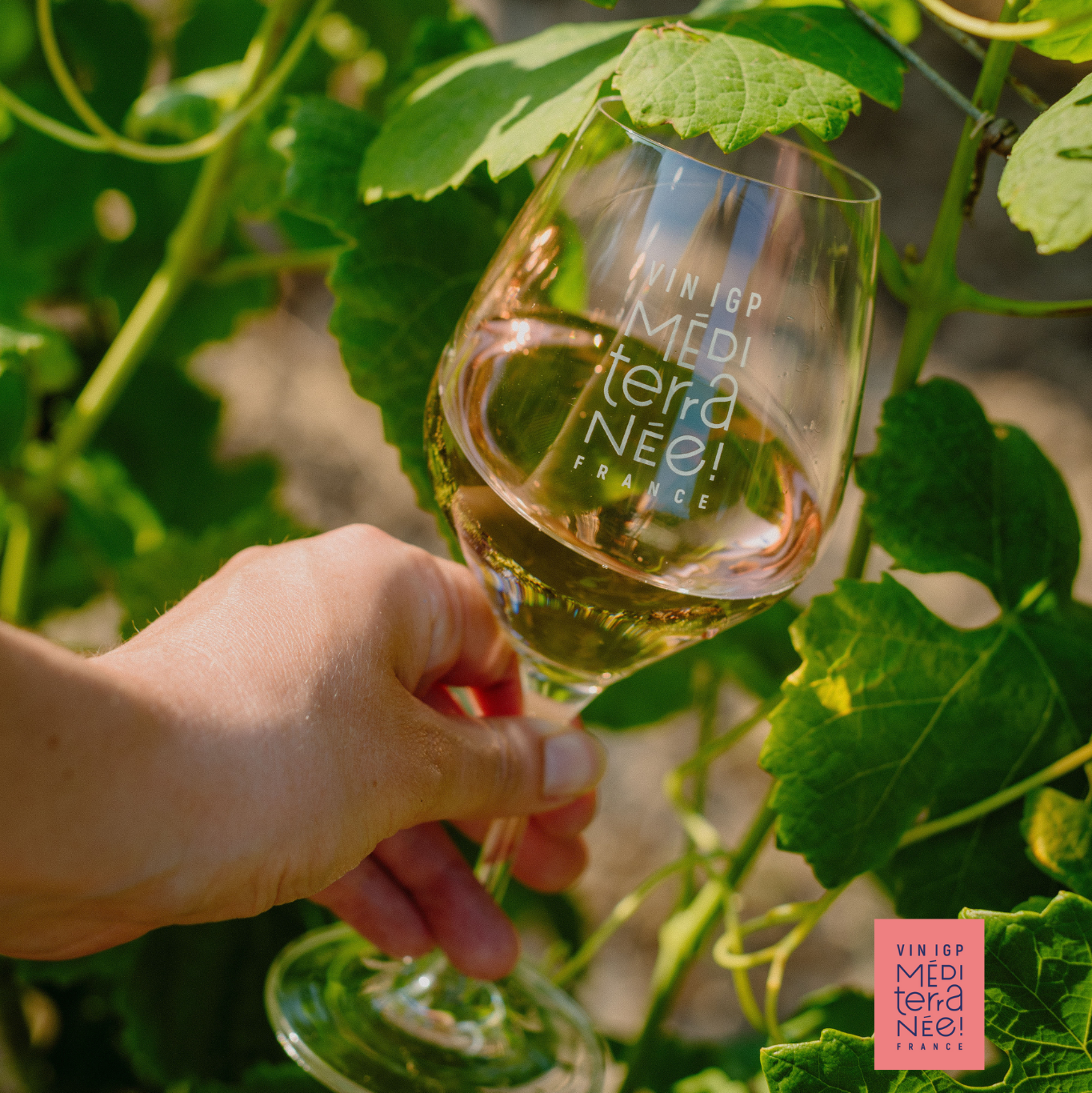Müller: Mountain viticulture is Chile’s next frontier
Having explored the extremes of Chile’s coast, Felipe Müller of Tabali believes that mountain viticulture is the country’s next big frontier to conquer.

Speaking during a Zoom interview, Müller said that it’s time winemakers began boldly venturing higher up the Andes Mountains to plant high altitude vineyards.
“Mountain viticulture should be Chile’s next step in terms of high quality wine, as the coast has already been well covered – we need to explore more extreme terroirs, we should be climbing further up the Andes as it has amazing terroir.
“We haven’t explored the Andes in the same way as the Argentines have as they are more steep in Chile. Above 1,000 metres you can get something really interesting in the correct spots; you can get the right climate and terroir there.”

Müller and his team at Tabali manage Chile’s second highest vineyard, an 8ha site planted with 7.25ha of Malbec and 0.75ha of Viognier at 1,600m above sea level in the Andres mountains in Limari.
“The quality of the wines from the site is amazing. We had no data when we were starting out, as we’d never made wine there before. The terroir is made up of basalt rock.
“It’s much cooler than Alto Maipo, but you get good ripeness of grapes with fresh character and low pH. The diurnal temperature swings are extreme, from 27 degrees during the day in summer, to 10 degrees at night.
“I was surprised by how good the wines were from our first vintage in 2013. They were unbelievable young wines of great quality. We’re free to experiment in Chile and this open minded ethos has helped us discover new territories,” Müller said.
As to why he chose to plant Viognier at high altitude, it stemmed from a desire to make a high-end, high altitude white, which wouldn’t work with Chardonnay or Sauvignon Blanc.
Partner Content
“I trialled 11 different red and white varieties and Malbec and Viognier performed by far and away the best at high altitude, with Syrah a close third. Cabernet didn’t work as it didn’t ripen,” Müller said.
“Malbec works well high up as it brings out beautiful floral notes of lavender and violets and really shows mountain climate, with red fruit, floral and spice aromas and good acid structure.
“The silky tannins surprised me for such a young wine. I’m using a bit of whole bunch in my Roca Madre Malbec as it adds greenness that blends well with fruit. It’s aged in fourth use oak,” he added.
While the north of Chile is far drier than the south, Müller says winemakers in the north are better prepared for the drought than those in the Central Valley.
“We’re trying to reduce water footprint, as water is an issue in Chile. Limari is very dry, but we have good reserves of water from local reservoirs where we have water rights.
“Water will become a real issue when Santiago starts having problems. We’re getting to a moment that we really have to be conscious about water, not only in the vineyard, but how long we shower for and using sprinklers in our gardens.
“It will become an issue very soon, as there has been nearly no rain at all this winter and almost no snow during the ski season – the mountains are brown when they should be white,” Müller said.
“We’re much more prepared for this challenge in the north of Chile, as it’s always been dry. The Central Valley is not prepared for it. It’s a very risky situation if the government doesn’t do anything about it.
“Dry farming should be bigger in Chile but you need certain soils and levels of rain, around 500-700mm a year, to be able to do it,” he added.
Related news
The biggest celebrity drinks collaborations of 2025




